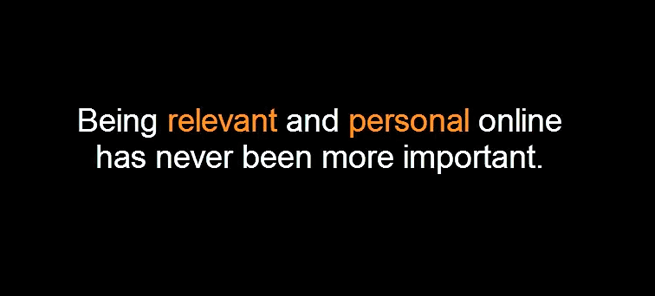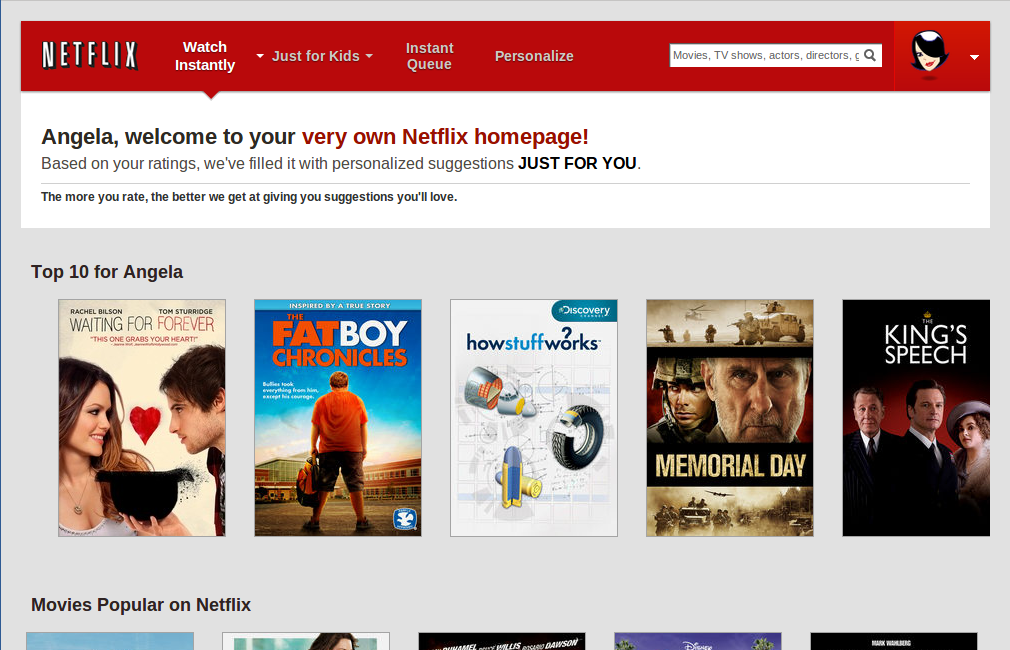- Blog Home
- Content Strategy
- Scripted Writers
- Personalizing Your Marketing Content: The Why And How
Personalizing your Marketing Content: The Why and How
Already, many large e-commerce sites use some form of personalization in their marketing strategy. We've become so accustomed to sites such as Amazon and Netflix serving up suggestions for us that we almost don't realize the page we see is different from the page our friend, brother or daughter sees, even when we all search for the same item. These businesses gather information about our preferences as we use their sites and serve back what they think we will also be interested in.
Old-style mass marketing doesn't connect well with today's consumers. They have come to expect personalized content or a personalized experience when they interact with our business. Businesses benefit from this preference for personalized content because customers become invested in a company that knows their preferences or makes using their service or product easier. The better the product or service fits the consumer's needs, the more likely she is to buy. You've eliminated the competition by giving her exactly, or nearly exactly, what she is looking for.
So how do you personalize your marketing content? If you are not part of a gigantic company, you will not have access to the reams of data on each customer that Amazon or Netflix might have. Without enough individual data, you can't serve up useful suggestions or information on a per-client basis. But that doesn't mean you can't use personalized marketing. You may not be able to market to each individual, but you can market to a group of like individuals.

Four steps to personalized marketing:
- Talk to customers in any venue that makes sense for your business: in person, in discussion forums, on blogs, in emails. Use these discussions to learn about particular challenges faced by your customers and answer these challenges with targeted, helpful content. This is the step that allows even the smallest business to deliver a personal message, so you should spend a proportionate amount of your marketing budget getting this right.
- Once you have a really good sense of who your customers are, figure out how to divide them into logical segments that you can address with specific content. As an example, Nivea researched how different groups used their sun protection products. In another case study, HP grew its LinkedIn company page followers by more than 300,000 members in less than two months by targeting specific IT decision makers.
- Use the personal or segment data to provide a quick path for individuals to the information they need. This data also allows you to create a highly targeted call to action in your marketing materials.
- Above all, think like the customer. Does your content marketing treat customers like individuals? Savvy consumers won't take the time to sift through mass amounts of content to get what they need; they will go elsewhere.
